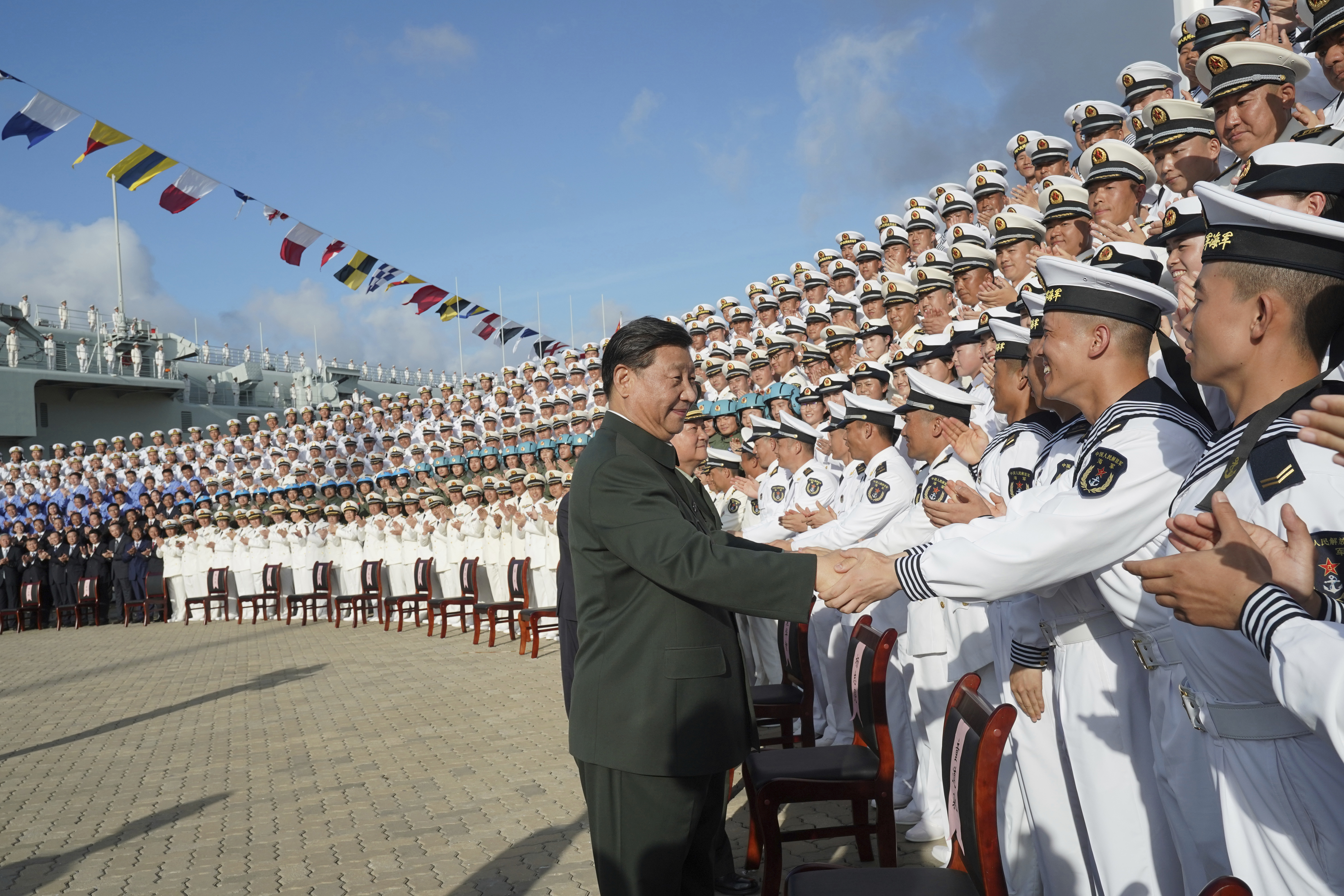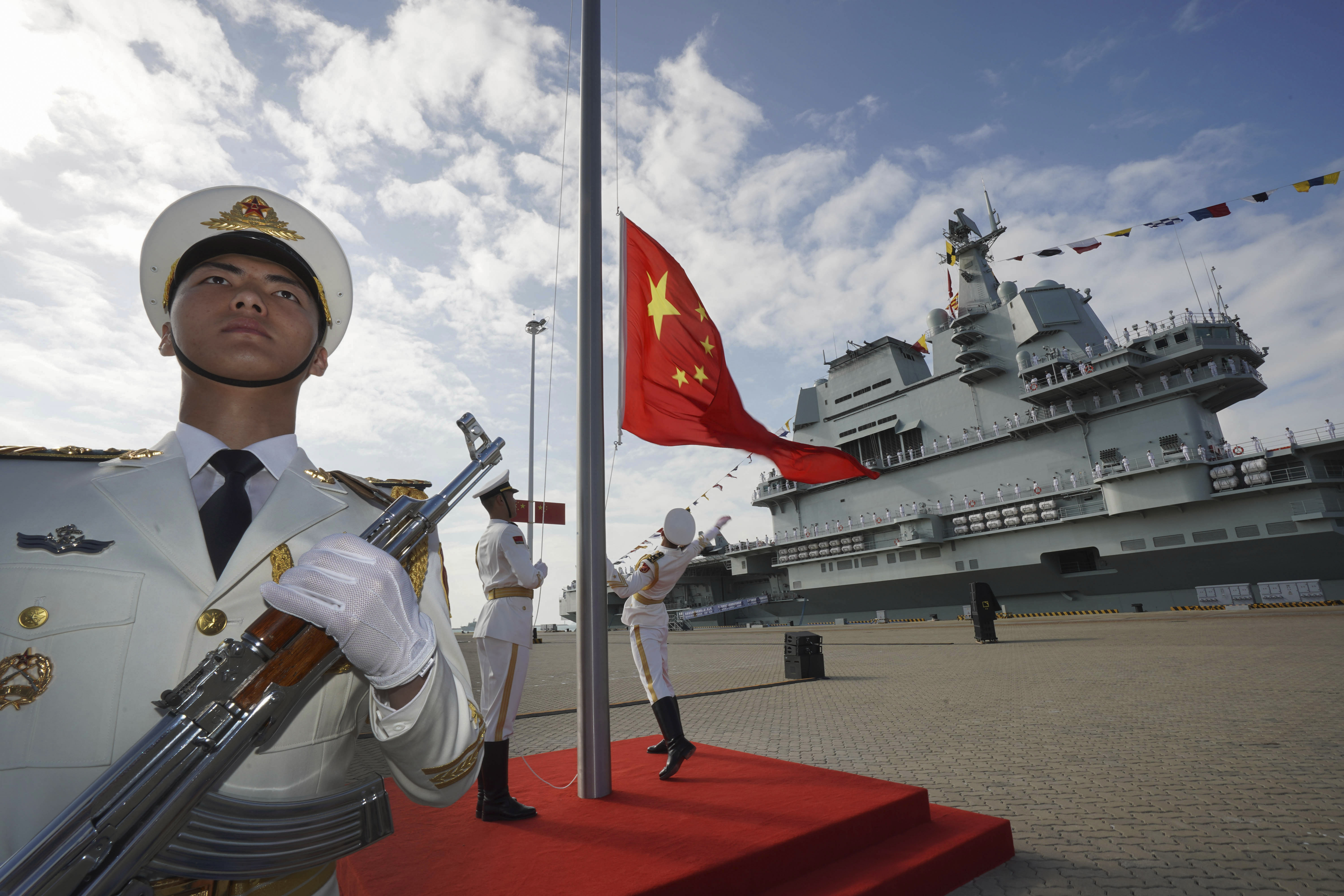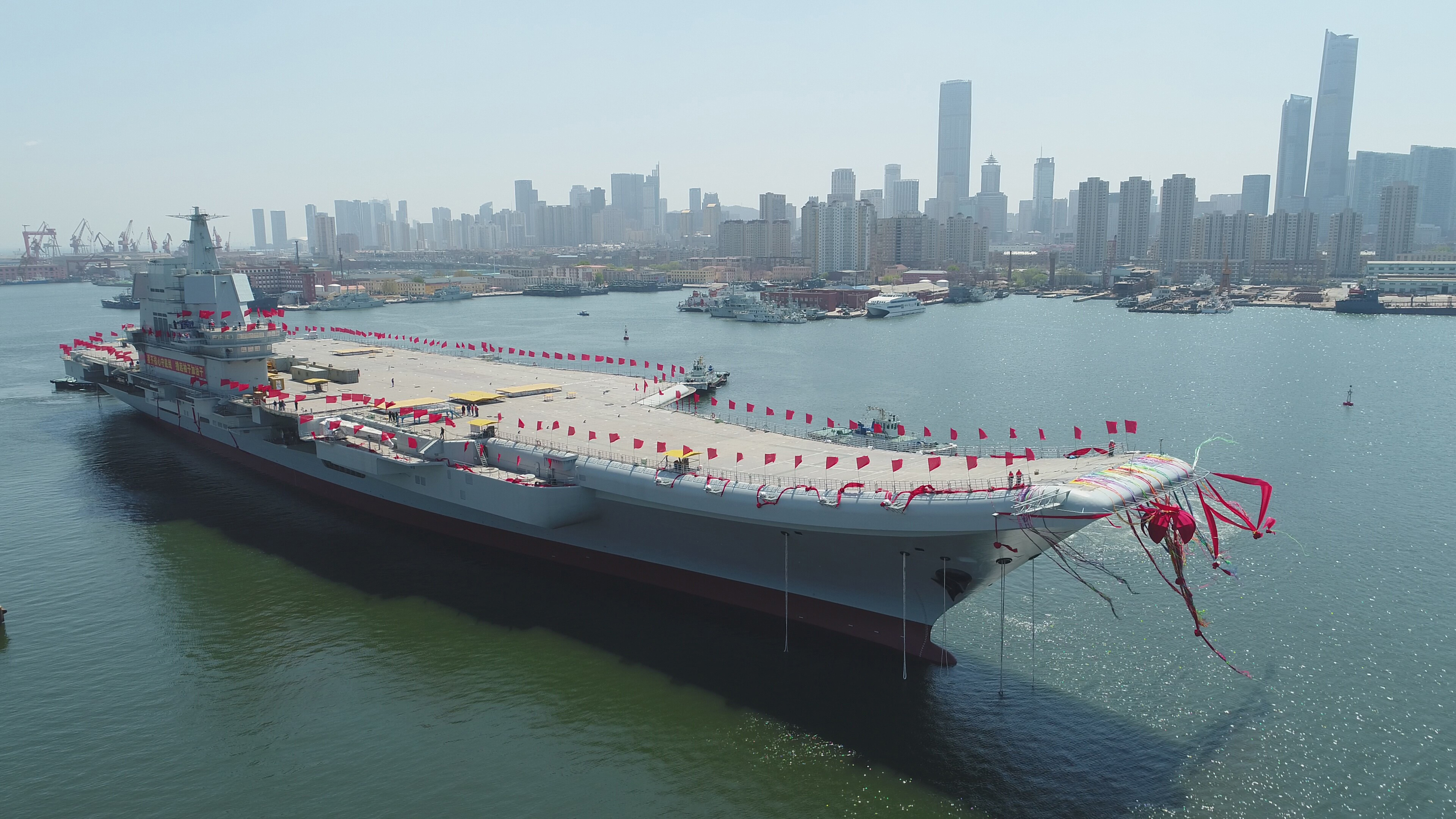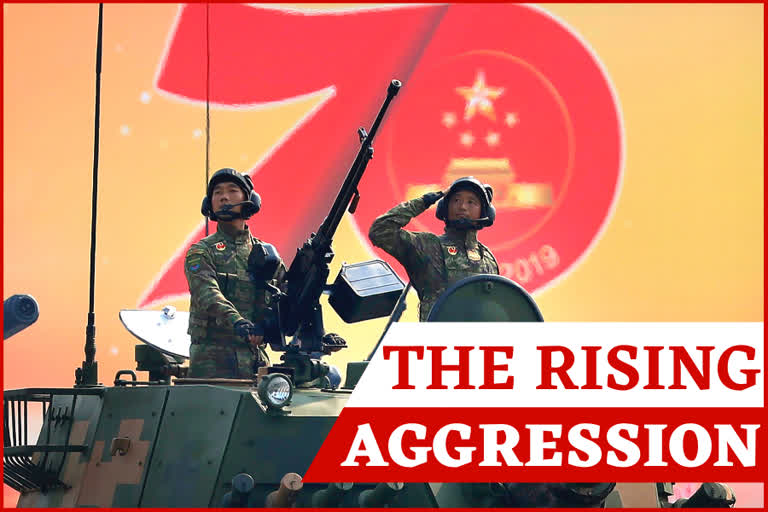Beijing: Twice in the 20th century, Japan challenged the West, first in a military-led attempt to become an imperial power and then as an industrial powerhouse. Now it is China’s turn to take the global stage.
Seventy-five years after Japan’s surrender in World War II and 30 years after its economic bubble popped, the emergence of a 21st-century Asian power is shaking up the status quo.
As Japan did, China is butting heads with the established Western powers, which increasingly see its growing economic and military prowess as a threat. In turn, China, again like Japan, feels the West is trying to limit its rise, fueling nationalistic sentiment among both its public and leaders.
Read | LAC stand-off: Military might of India, China
What’s changed, though, is the global landscape — post-colonial to start, and one of the nuclear-armed states, global institutions and much deeper economic interdependence.

China’s goals are similar to Japan’s — to assert control in its immediate neighbourhood while securing resources for its economic growth — but its means are different. Rather than imposing direct control through armed invasion, China is relying on economic enticements, cultural outreach and a gradual buildup of its military forces to boost its standing.
Read | Chinese fishing vessels allowed in Pak's exclusive economic zone
“How China would increase its power are vastly different, as are how other countries might resist it,” said Jennifer Lind, an Asia expert at Dartmouth University.
The rest of Asia is watching with a mixture of opportunism and trepidation, eager to benefit from China’s trade and investment, wary of its size and strength and its sprawling territorial claims. Much larger than Japan, with 10 times the population, it is potentially better able to go toe-to-toe with an established superpower.

China’s Belt and Road Initiative is building ports, railways and other infrastructure across not just Asia but also Africa and elsewhere in the developing world. Less welcome is China’s growing presence in the South China Sea, where it chases away the fishing boats of its Southeast Asian neighbours and has built artificial islands to stake out its territorial claims.
Also | Watch: China commemorates 75th anniversary of end of Pacific War
Ramon Navaratnam lived through Japan’s World War II occupation of Malaysia as a boy. The veteran commentator advises working with China, not against it.
“We must be able to win them over,” he said. “In other words live peacefully with the dragon, don’t antagonize it.”
In a different era, when the sun never set on the British Empire, a rising Japan sought to join the league of European colonial powers by invading and occupying China and several Southeast Asian nations, often in brutal fashion.
Japan formally surrendered 75 years ago this week on board the USS Missouri, its empire-building ambitions in tatters after US atomic bombs levelled two cities, ushering in the nuclear age. Chinese leaders marked the anniversary on Thursday in a brief and solemn ceremony at a memorial hall that remembers those who fought the Japanese.

Rana Mitter, an Oxford University scholar and author of a book on the Japanese invasion of China, cautions against comparisons between then and now.
“The age of classic empires is over,” he said. “Tomorrow’s disputes will be about economics and technology, both civilian and military. Reading history is useful and necessary but it is not a guide to the future.”
Foreshadowing those disputes, Japan tussled with trading partners from France to the US as it rebuilt itself into the world’s second-largest economy after World War II. Japanese-made cars, steel and consumer electronics were blamed for rising unemployment in the industrial West.
As those frictions peaked in the 1980s, China was experimenting with market-style reforms. Four decades later, Japan remains wealthy but has stagnated, while China is now the No. 2 economy and the one embroiled in a trade war with the United States.
Again similar to Japan, China is accused of stealing technology and falling short on promises to open its markets as it strives to become a global competitor in industries from electric cars to advanced medical equipment.
More fundamentally, China’s ruling Communist Party fears that its one-party system will never be accepted by the West, said Richard Heydarian, a Philippine analyst who has written extensively about the US-China rivalry in the Pacific.
That generates the sense that ... no matter what they do, the West will always see them as a threat and seek to contain or sabotage China’s rise, he said.

Take the Belt and Road Initiative, which has reached America’s backyard in Latin America and is viewed by the West as a gambit to increase Chinese influence overseas. Or the South China Sea, where US Navy aircraft carriers push back against China, which in turn feels encircled by US military bases from South Korea to Guam.
“Ultimately, the most significant legacy of the war in Asia is the lasting imprint of US power,” both military and economic, said former American diplomat Mintaro Oba.
It’s unclear how their differences will play out in a 21st-century environment. That both China and the US can threaten each other with nuclear arms puts at least a partial check on any thoughts of going to war.
The greater risk is that the world’s two largest militaries get drawn into a limited conflict, perhaps inadvertently, over an issue such as Taiwan, the self-governing island that China claims as its territory and the US supplies with arms.
Economically, the US and some others are pressing companies to reduce their reliance on China. The Trump administration is putting curbs on Chinese tech companies, from telecom giant Huawei to the highly popular TikTok video app and leaning on its allies to do the same.
But for many, breaking up with China’s efficient factories and huge consumer market would be difficult and costly.
China assembles most of the world’s smartphones, personal computers and other electronics for Apple, Dell and other brands. Its growing market is critical to foreign automakers and other industries when American and European demand is flat.
“There was just no way that Japan could match the United States, even in the Pacific,” Heydarian said. “Where China is quite different is that its sheer size gives it increasing parity with the United States in ways that Japan never enjoyed.”
That makes China, military conflict or not, a potentially more formidable challenger in the years to come.
(AP)



